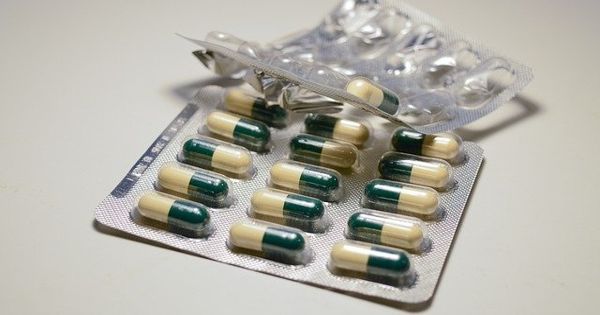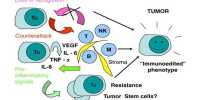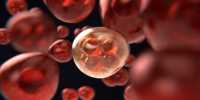The systematic use of antibiotics in human health care and agriculture has contributed to traceable levels of drugs in agricultural products. Long-term use can cause health issues, but it is difficult to examine more than a few antibiotics at one time because they have different chemical properties. Researchers publishing in the ACS Journal of Agricultural and Food Chemistry has now developed a system for the simultaneous calculation of 77 antibiotics in a number of foods.
The extensive use of antibiotics leading to the rapid spread of antibiotic resistance poses high health risks to humans, but to date, there is still a lack of a quantitative model to properly assess the risks.
Antibiotics may be found at trace levels of foods, eggs, and milk if the animals are not isolated from the medications for a reasonable amount of time before the items are obtained. Antibiotics can also accumulate in cereals, vegetables, and fruit made from manure fertilizer or processed wastewater used in crops. Eating these foods over a long period may lead to increased antibiotic tolerance to bacterial infections or imbalances in the intestinal microbiota.
However, most of the previous techniques of controlling antibiotics in food have been limited to a few compounds at a time, typically within a single class of antibiotics with identical structures and chemical properties. Other techniques analyzed multiple antibiotics in a single form of food, such as eggs or milk. Yujie Ben and colleagues decided to establish a time-and cost-effective system that could diagnose a wide variety of antibiotics in various food types.
Antibiotics are commonly used as growth promoters in animal husbandry; among them, tetracyclines are a chemical category of importance due to their extensive application in agriculture, exceeding the amount applied by almost any other class of antibiotics.
A detailed exploration of essential elements of the chemical study of antibiotic residues in food. The presence of excess residues from repeated use of antibiotics in animals is not only unethical but may pose significant health hazards by contaminating goods for human use, such as meat and milk. Chemical Analysis of Antibiotic Residues in Food is a single-source guide for readers interested in improving analytical techniques for the analysis of antibiotic residues in food. It includes topics such as quality assurance and quality management, antibiotic chemical properties, pharmacokinetics, digestion, delivery, food safety laws, and chemical analysis.
Researchers also applied trace quantities of 81 antibiotics from seven types of vegetable samples and tested 20 different techniques for removing drugs from food. Only one extraction method involving the treatment of frozen, homogenized food samples with acidified acetonitrile solution and a mixture of magnesium sulfate and sodium acetate permitted the researchers to isolate 77 of the antibiotics.
Having determined that their system was resilient and effective in spiked antibiotics in a variety of foods, the team used it to store samples of wheat flour, mutton, eggs, milk, cabbage, and bananas, finding a total of 10 antibiotics. All of them, roxithromycin, were found at trace levels in all six food groups. The new approach should help to understand, track and control the levels of antibiotics in foods, researchers add.















